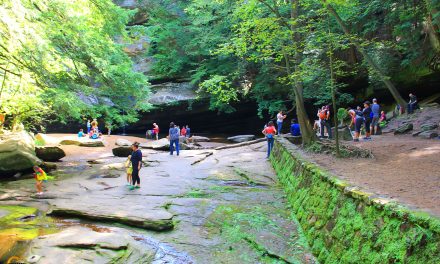Fort Meigs, in Perrysburg, Ohio, was an important outpost along the Maumee River during the War of 1812. United States militia gathered there to fight against the British and their Native American allies as part of the effort to secure the Great Lakes region. Today, the fort has been reconstructed and features an impressive museum detailing the fort’s importance in the war and local history. We stopped by during a recent road trip and were impressed by the quality of the museum collection and knowledge of the staff.
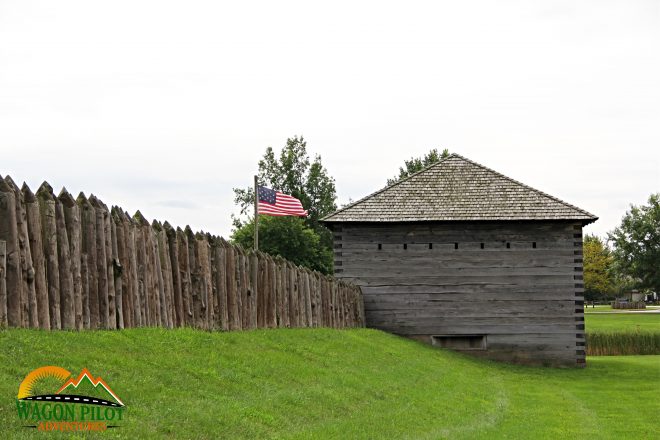
History of Fort Meigs
Fort Meigs, named in honor of Ohio’s Governor, was constructed under the orders of General William Henry Harrison in February 1813. The camp was to serve as a staging point and supply depot for United States military forces. The fort commands the high ground on the south side of the Maumee River in what is today Perrysburg; just ten miles up river from Toledo. The ten acre rectangle was protected by a palisade wall of fifteen foot logs partially sunk into the ground. Earthen mounds were created in the center of the fort to protect against artillery bombardment, with additional material piled against the inside of the palisade walls. Seven blockhouses provided shelter and storage, as well as a protected platform for soldiers to engage the enemy.
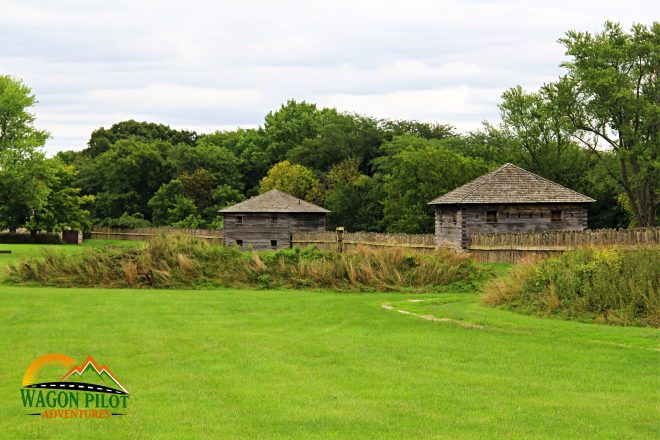
First Siege of Fort Meigs
Fort Meigs was under attack at the beginning of May 1813; merely three months after construction began. British forces under General Henry Proctor and Chief Tecumseh’s Confederation of Native Americans laid siege to the fort from across the Maumee River. The 1,200 soldiers at Fort Meigs were bolstered by additional reinforcements on May 4th, bringing the garrison up to 2,800. The heavy wood palisade walls and dirt mounds kept the Americans protected inside the fort.
Kentucky militia, under Colonel Dudley, launched a successful raid against the British artillery battery. Unfortunately, they decided to pursue the defenders into the woods. Tecumseh’s Indian forces defeated the scattered US troops, with only 150 of around 800 returning to the fort. Despite the heavy loss, the raid was enough to discourage the British army, who left for Detroit on May 9th.
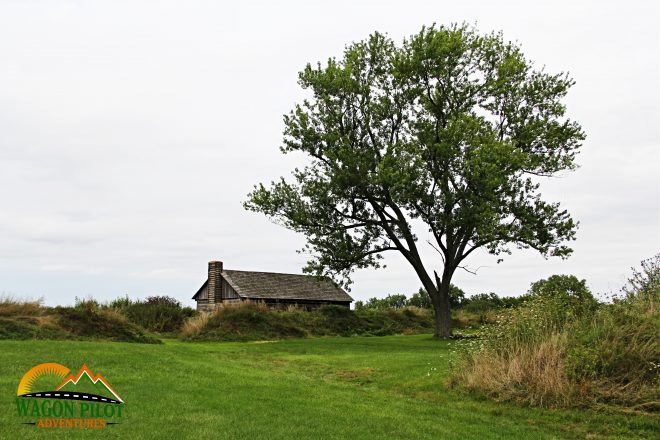
Second Siege of Fort Meigs
After the first siege, General Harrison assembled enough soldiers and supplies to form an army and left to engage British forces in the region. Fort Meigs was partially disassembled and reconfigured into a smaller outpost with a much smaller garrison. The British and Native American forces returned in July for another attempt to take the fort.
Tecumseh’s Indian warriors attempted to lure the garrison out of Fort Meigs and into battle, but the Americans didn’t take the bait. The British soon left to attack Fort Stephenson further up the river where they incurred heavy losses from the small garrison. At this point, the British and their Indian allies retreated into Canada.
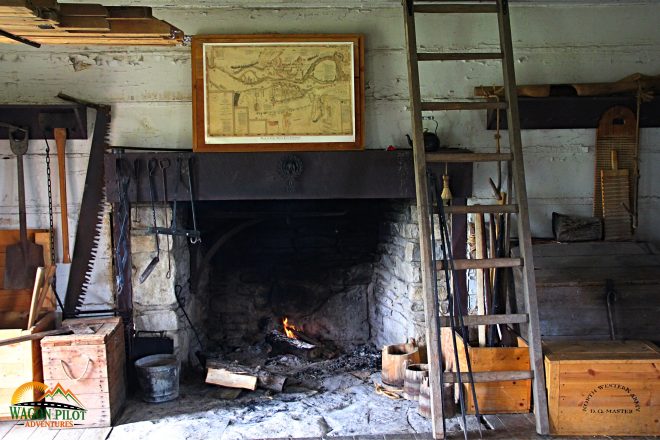
In September, 1813 US Navy under Commodore Perry defeated the British ships at the Battle of Lake Erie. This created an opening for US forces to cross into Ontario, where they scored an important victory at the Battle of the Thames. Fort Meigs continued in a support role through the rest of the War of 1812, then was eventually abandoned. (Click here to read more about the Battle of Lake Erie and Perry’s Memorial at Put-In-Bay).
Luckily, the future landowners left the area where Fort Meigs had stood undeveloped and it was eventually sold to the State of Ohio in 1907. In 1908 a large obelisk was erected as a memorial. The fort itself was excavated and reconstructed by the Ohio Historical Society in the 1960s and a museum added in 1974.
Today, the Fort Meigs site sits on a 65 acre park and in a National Historical Landmark. The fort underwent an update in the early 2000s, which included replacing the wooden palisade walls surrounding the ten acre enclosure. A new 14,000 square foot museum and visitor center was also added to house artifacts and tell the story of Fort Meigs and the War of 1812.
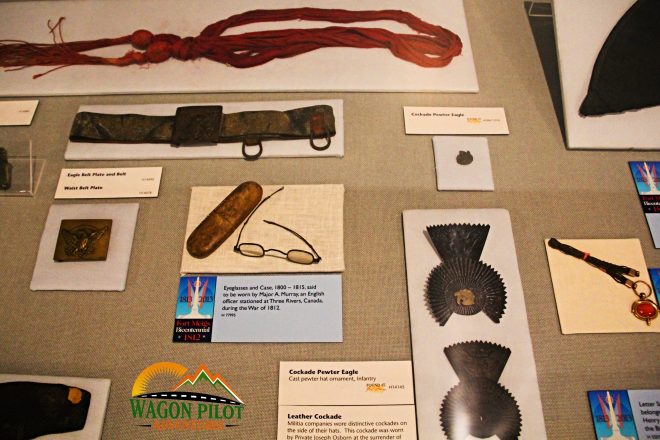
Museum Collection
The museum at Fort Meigs is impressive for a little known fort. Extensive displays, detailing the fort’s role in the War of 1812, are filled with artifacts. The museum also includes several sections detailing individuals, such as Native American chiefs and both British and American soldiers. Near the museum entrance is a large diorama in a conference room, plus a children’s area where kids can dress up in period costumes. Expect to spend an hour for touring, though avid historians could easily peruse for three hours. The museum building features a gift shop well-stocked with books.
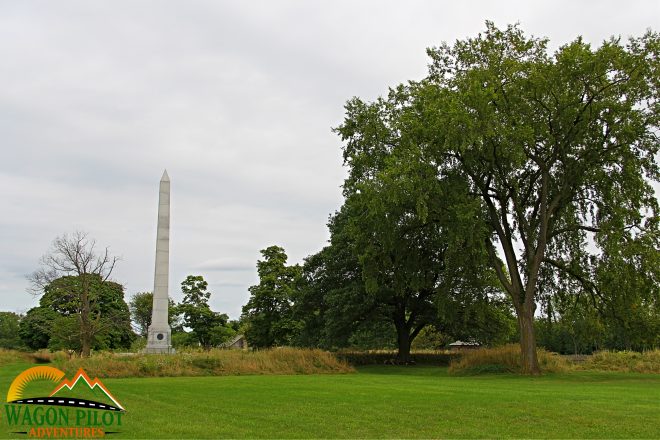
Touring Fort Meigs
At the exit of the museum, a docent will take visitors out to the fort. There the knowledgeable staff member will give an overview of Fort Meigs’ history and importance in the War of 1812. Feel free to ask questions once they are finished for more details on the fort. After the intro, visitors are free to wander the fort. There are seven blockhouses around the fort, four of which are accessible and have exhibits. In the center is a cabin, which is typically staffed by a reenactor who can offer additional information on living conditions at the fort.
The fort encloses ten acres, so it can take a good bit of time to wander all the way around and visit each of the blockhouses. The artillery platform at the far end provides a view overlooking the streets below, while the main battery offers excellent views of the Maumee River and gives a sense of how difficult it would have been to assault the fort from below.
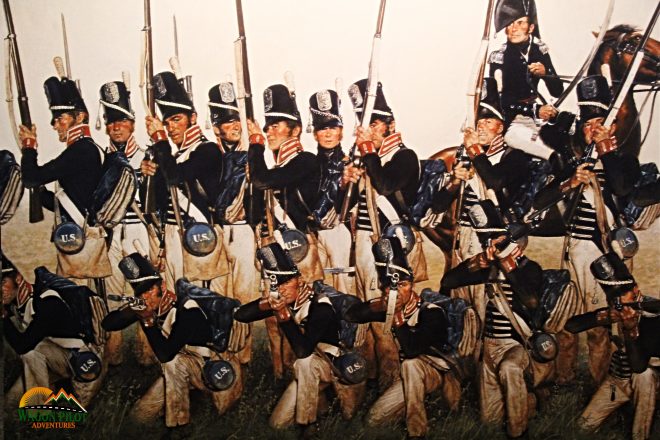
Fort Meigs Special Events
Events are held at Fort Meigs throughout the year; ranging from blacksmith and campfire cooking demonstrations to full blown war reenactments. Here are some of the major annual events:
- Fort Meigs First Siege – Held on Memorial Day Weekend, this event features reenactments centered around Fort Meigs during the War of 1812.
- Muster on the Maumee – Held during Fathers Day weekend, this unique event features soldiers and activities from various time periods. It is not unusual to see Vikings warriors and WWII soldiers giving military demonstrations.
- Independence Day 1813 – Celebrate the Fourth of July in period style with an 1813 era encampment. Military demonstrations and civilian life are on display to highlight the fort’s role in the War of 1812.
- Revolution on the Ohio Frontier – While Fort Meigs may not have been around during the American Revolution, settlers were already venturing out across what now is the state of Ohio. Reenactors stage an encampment to show visitors what life was like on the frontier in the late 1700s.
- Fort Meigs Ghost Walk – During the last two weekends in October, reenactors lead visitors on an after dark walk around Fort Meigs while telling ghost stories.
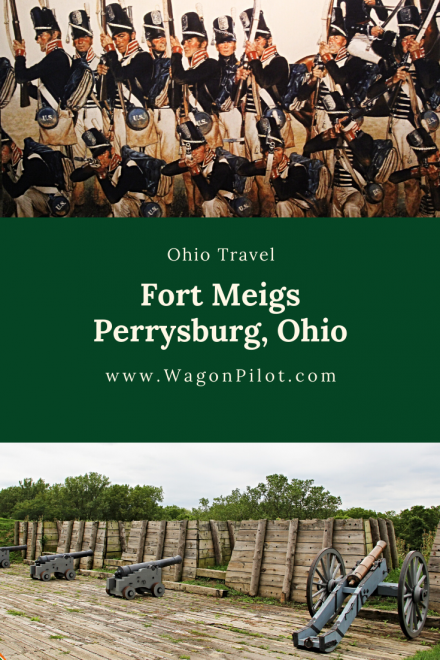
Visitor Information
- Fort Meigs is open Wednesday through Sunday. The Museum is open all year, though the fort itself is only open April through October.
- Admission prices are $10 Adults, $8 Seniors, and $5 Ages 6-18 and students. Ticket prices are discounted during months when the fort is closed.
- For the more information and directions to Fort Meigs, click here to visit their official website.

